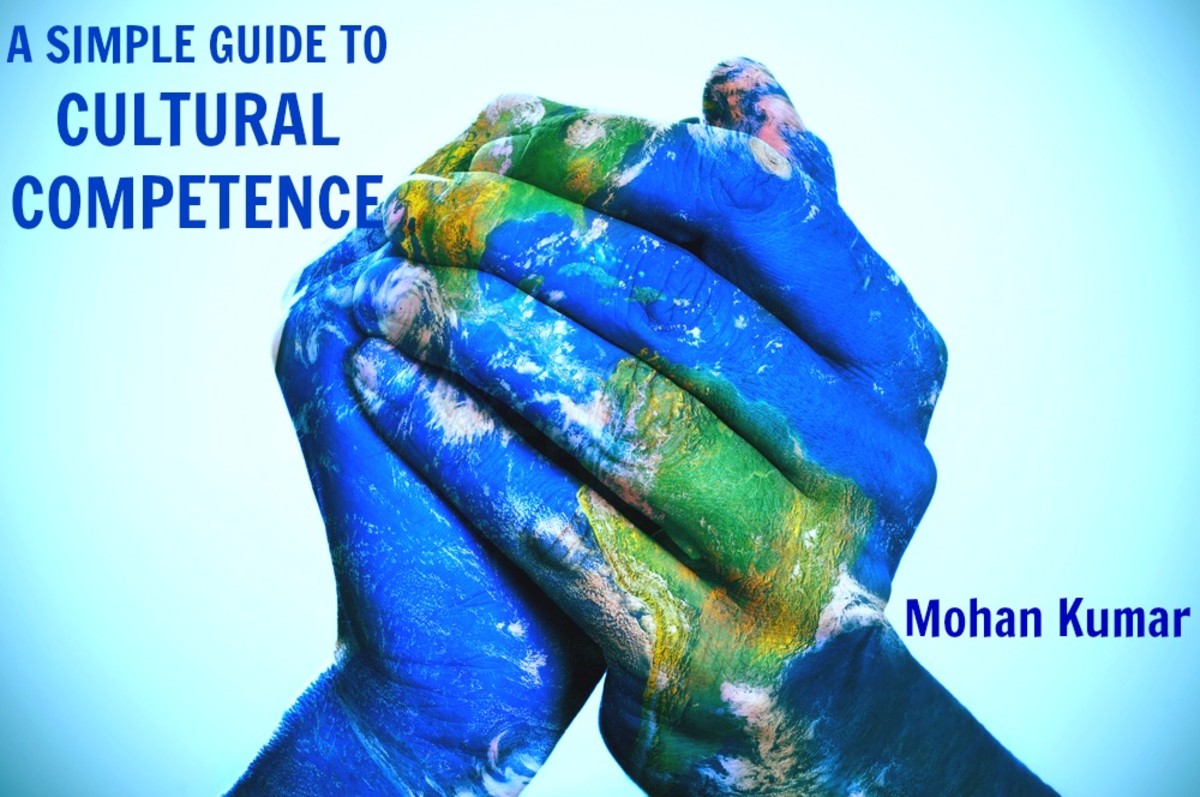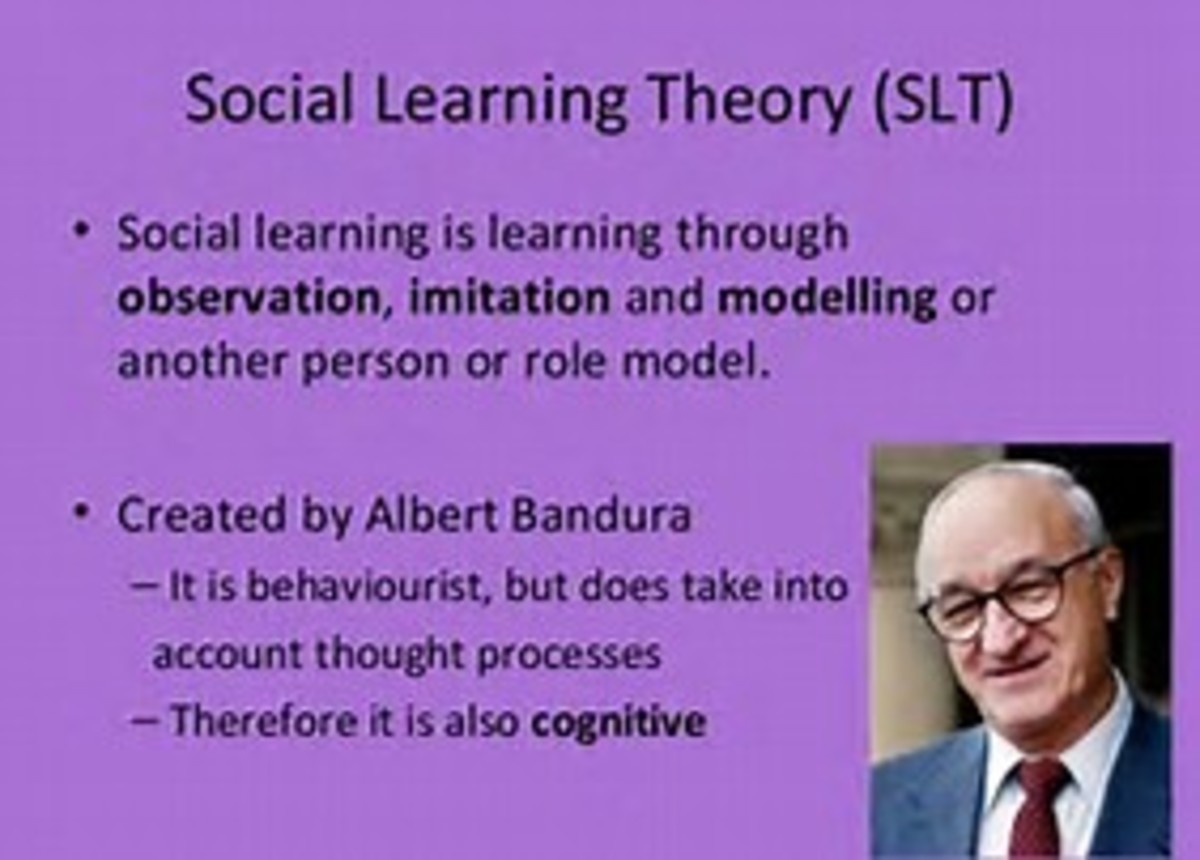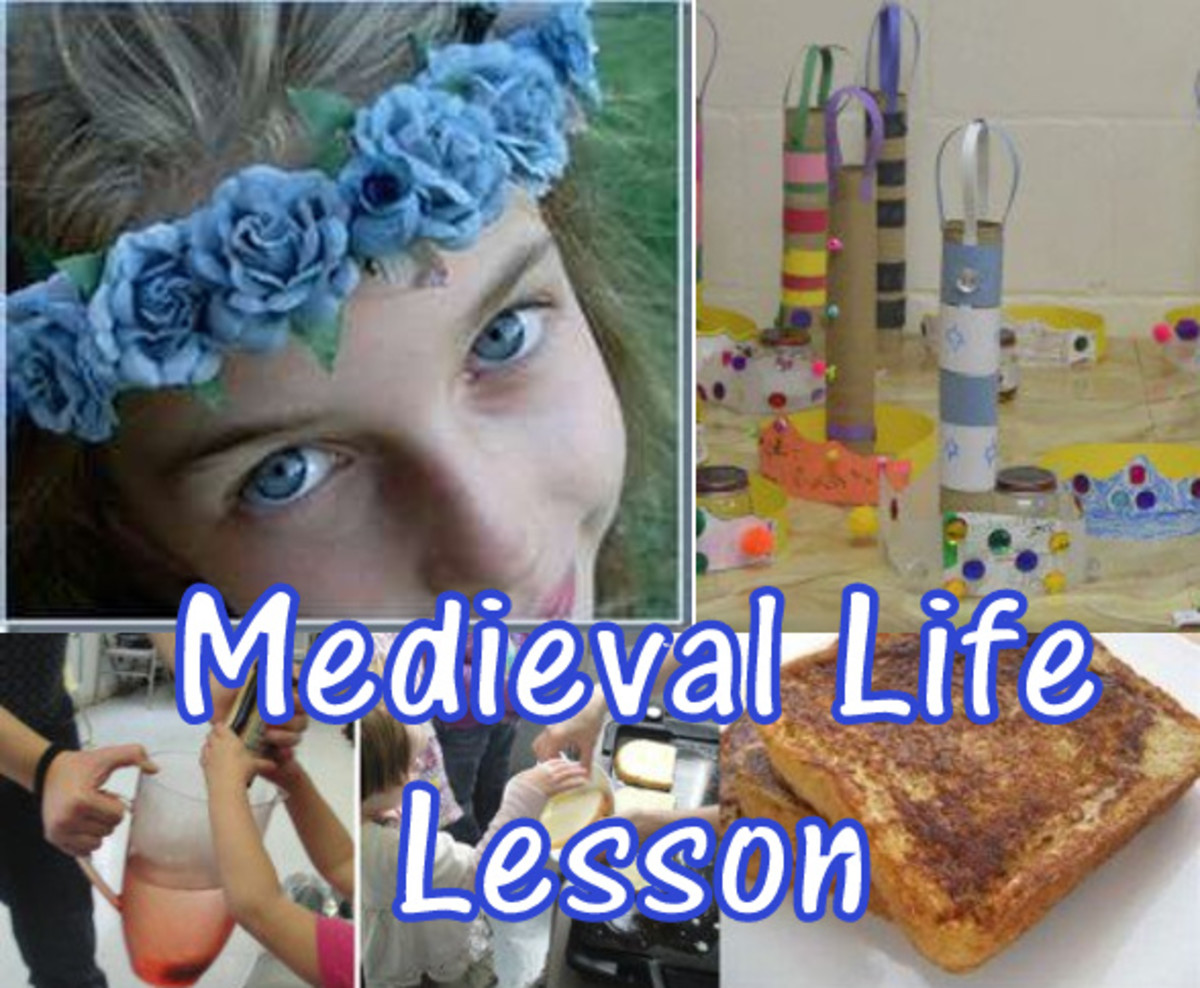The Social Learning System
Throughout our lives our brains change as a result of the experiences we have (Jensen, 2005). Many of these experiences are based around social interaction and relationships. The change these interactions cause is significant and directly tied to human development (Sousa & Tomlinson, 2011). Our development is based around gaining the skills we need to satisfy our innate need for interdependence (Given, 2002; Glasser, 2008). We desire love, relationships, acceptance, group affiliation, etc. (Given, 2002). The social skills we need to successfully engage in group relationships and interactions are not ones we possess at birth, they must be learned (Given, 2002; Jensen, 2005).
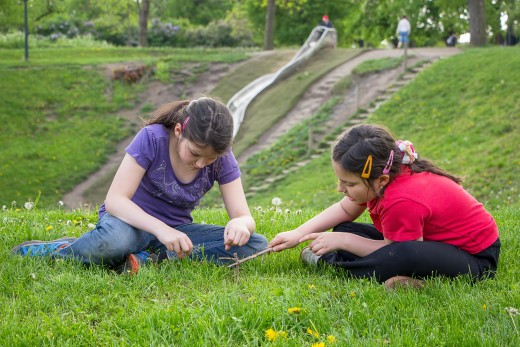
What is the Social Learning System?
Social learning is the term used to describe the development of the social skills needed to understand and excel in one’s culture. These social skills include understanding about one’s self and others, using appropriate language, speaking politely with appropriate tone and volume, listening to others, accepting different opinions, following rules and social norms, dealing with conflict, interpreting others feelings and non-verbal communicators, etc. (Gregory & Chapman, 2007; Given, 2002).
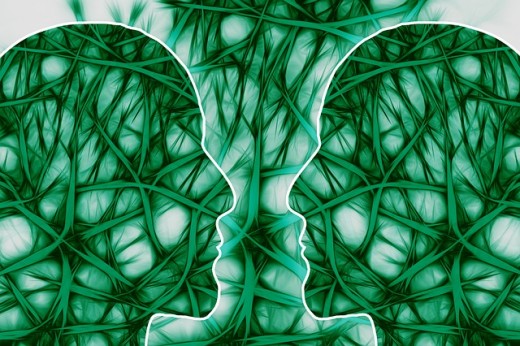
When humans are faced with social decisions, brain regions and neural networks, specific to social interaction, are engaged (Sousa & Tomlinson, 2011). The process of successfully engaging in social interactions is complex (Jensen, 2005). It requires analysis of incoming stimuli and retrieving past memories in order to make inferences and judgments about the given situation. These occur in various parts of the brain. The orbitalfrontal cortex is the brain region that is responsible for translating these judgments into feelings and behaviors that are appropriate for the situation (Given, 2002). If this area is damaged, individuals will have trouble acting appropriately in social situations. “In the brain of children and adolescents, [this area] is not mature enough to exert complete control over social and emotional processing” (Sousa & Tomlinson, 2011, p. 23).
Early Relationships vs. School Relationships
Social skills develop by observation of both family members and society and then we “construct the patterns of culture and social understanding in [our] own minds” (Given, 2002, p. 52). Maternal (or paternal) bonding at the beginning of a child’s life is important for children’s future relationships (Given, 2002). Through these relationships children learn to interpret and understand others feelings and to adapt their own actions to influence the feelings of others (Given, 2002). Essentially they learn the foundations of socializing. Children deprived of these important dyadic relationships early in life end up isolating themselves due to their high levels of mistrust and detachment from emotional desires (Given, 2002).

While parent-child relationships are important, children develop most of their social competencies from peer and sibling relationships (Given, 2002). This is why school culture and norms are so important to a child’s development (Jensen, 2005). These norms should be developed with intention, utilizing patterns that demonstrate positive interactions, develop good character, and encourage constructive conflict resolution (Given, 2002).
Developing good social skills is essential for success in school and in life. Youth who cannot successfully interact with others risk becoming isolated and lonely, which can lead to many negative outcomes such as acting out, drug use, panic attacks, depression and even violence (Given, 2002). Formulating a school climate that supports healthy social development for all students will help to prevent many of the negative effects that plague our country’s youth and help them instead to become positive and successful members of our community.
Resources
Given, B. K. (2002). The social learning system. In Teaching to the brain’s natural learning system (pp.36-60). Alexandria, VA: ASCD.
Glasser, W. (1998). Choice theory: A new psychology of personal freedom. New York, NY: HarperCollins.
Gregory, G. H., & Chapman, C. (2007). Differentiated instructional strategies: One size doesn’t fit all (2nd Ed.). Thousand Oaks, CA: Corwin Press.
Jensen, E. (2005). T
eaching with the brain in mind (2nd ed.). Alexandria, VA: ASCD.
Sousa, D. A., & Tomlinson, C. A. (2011). Differentiation and the brain. Bloomington, IN: Solution Tree Press.


